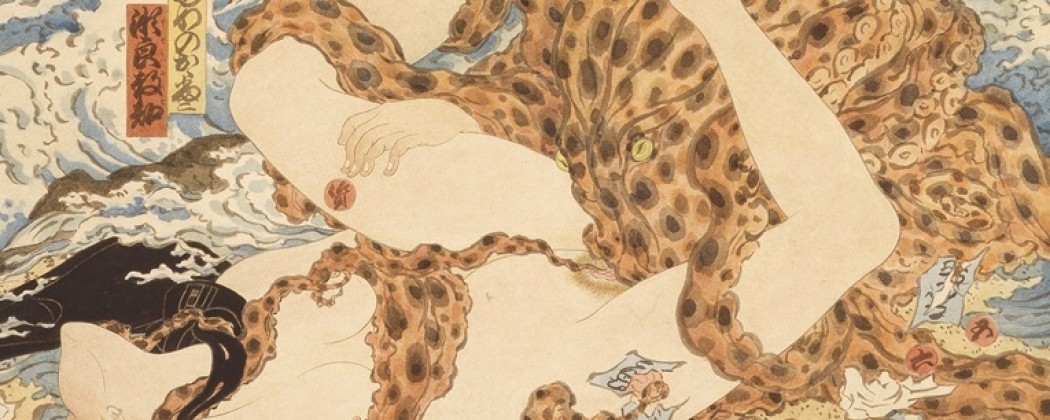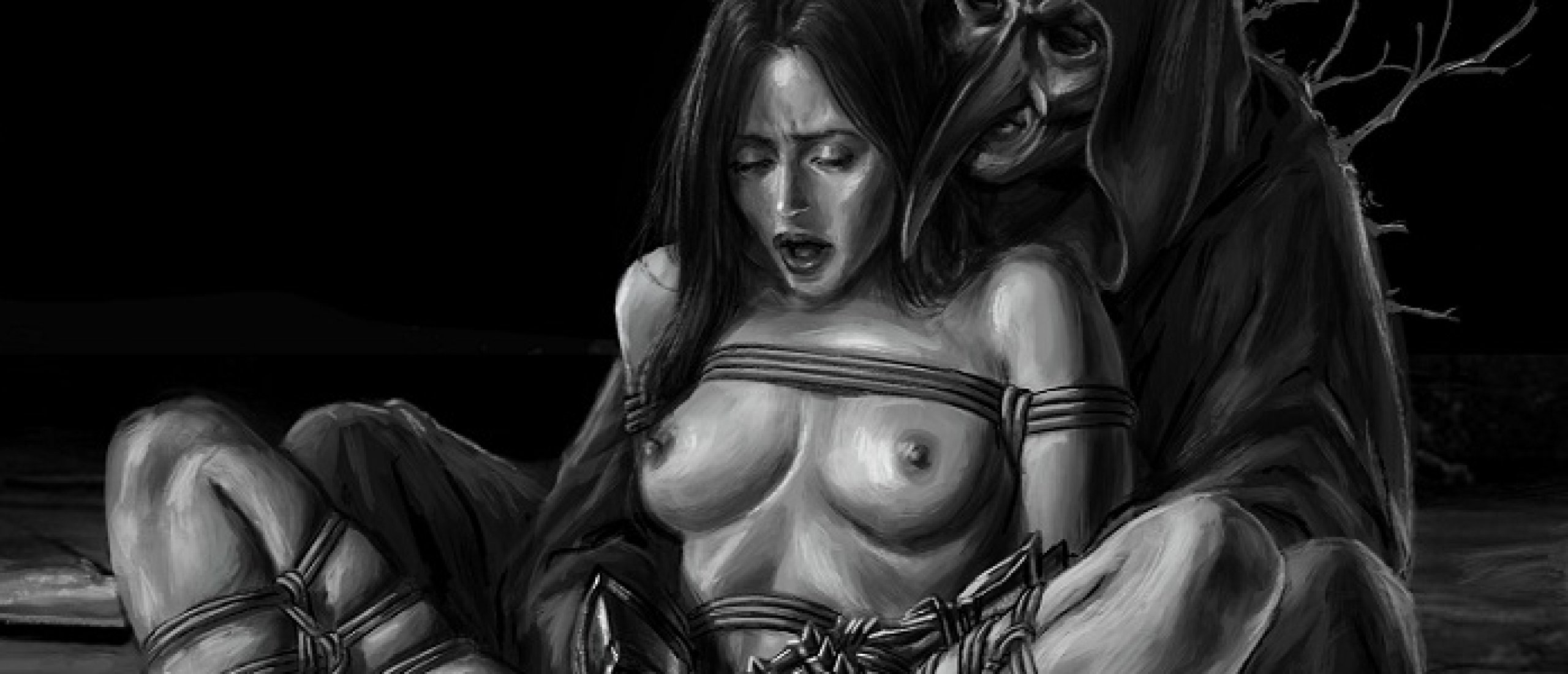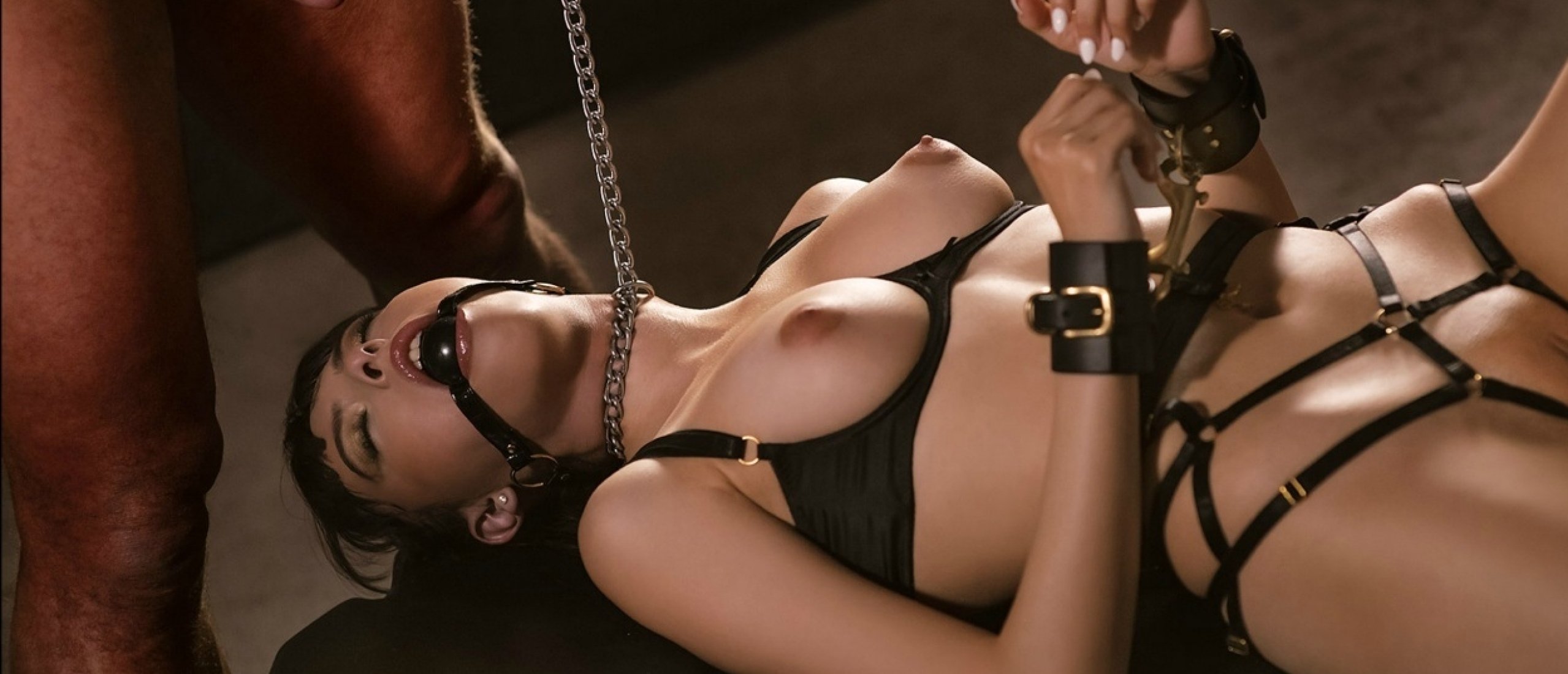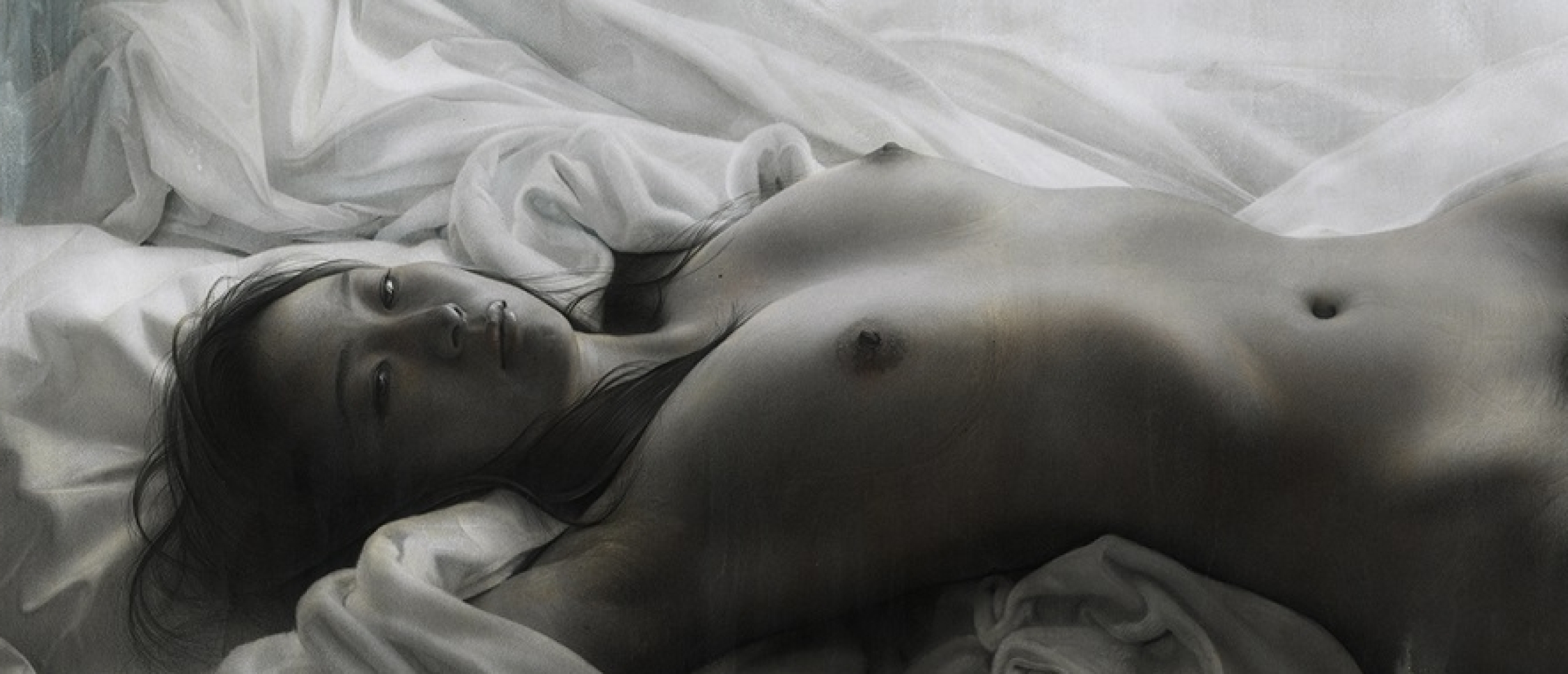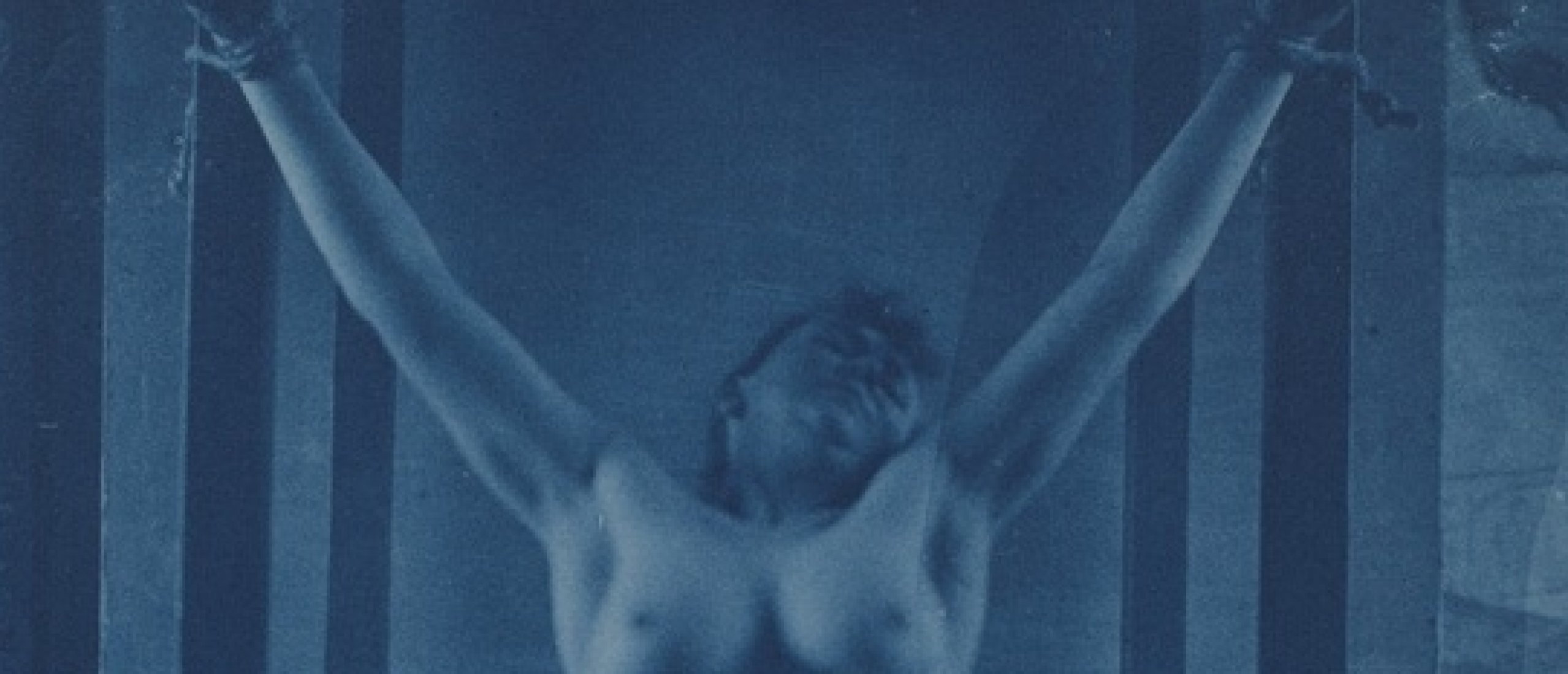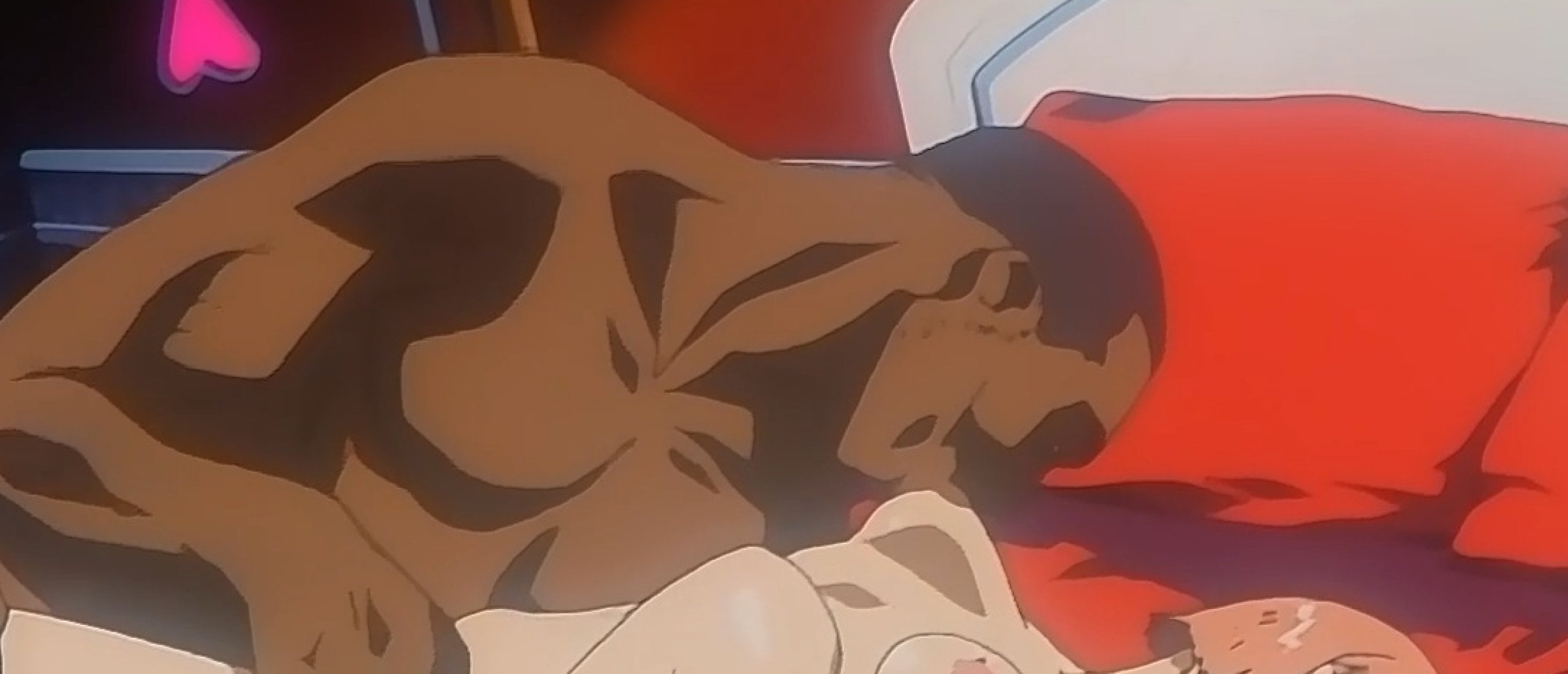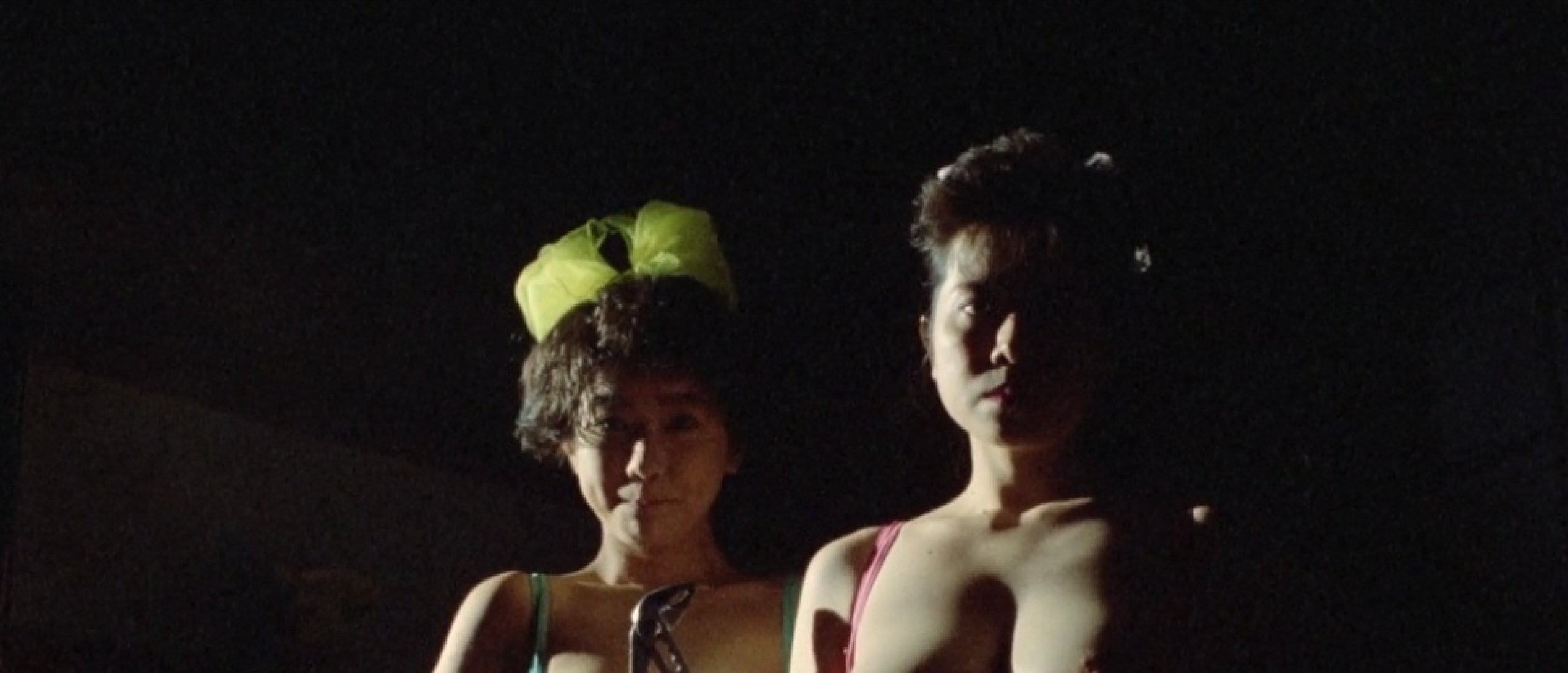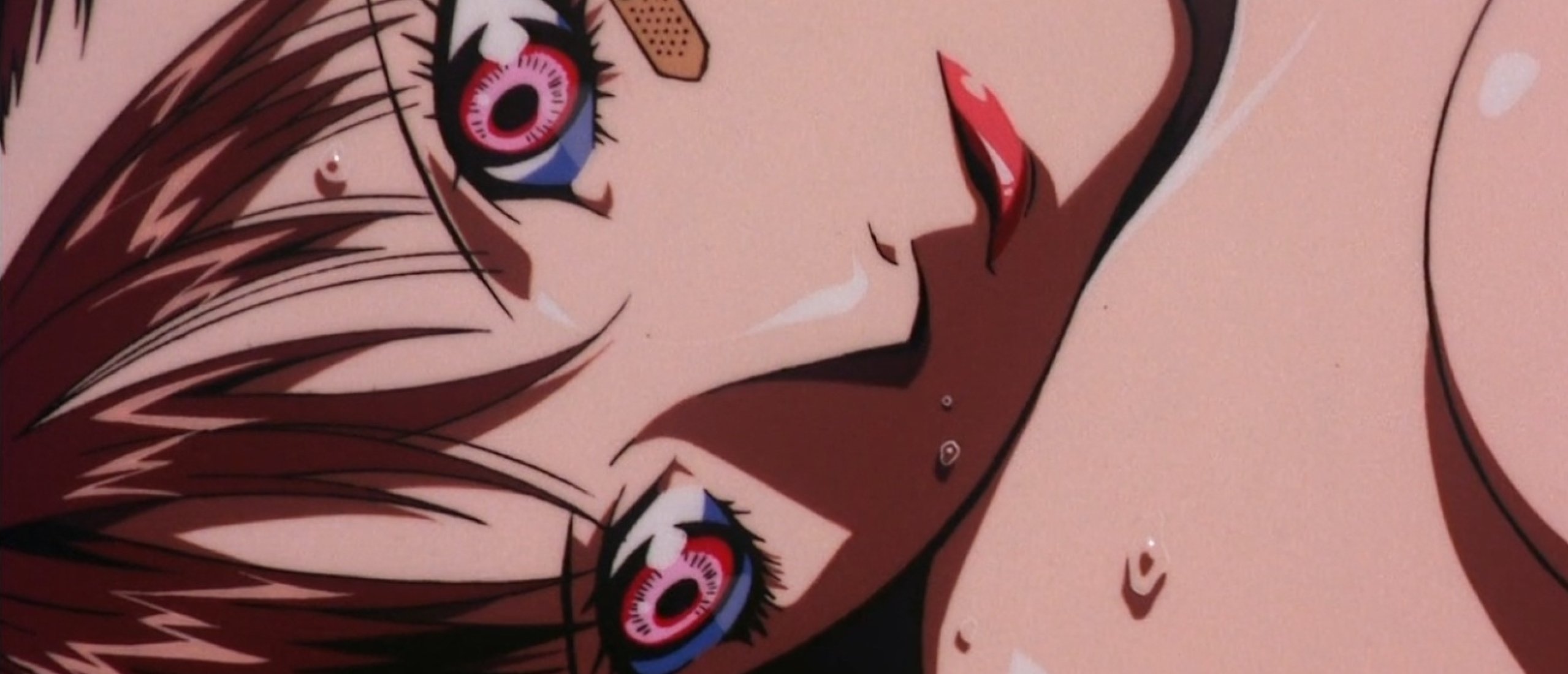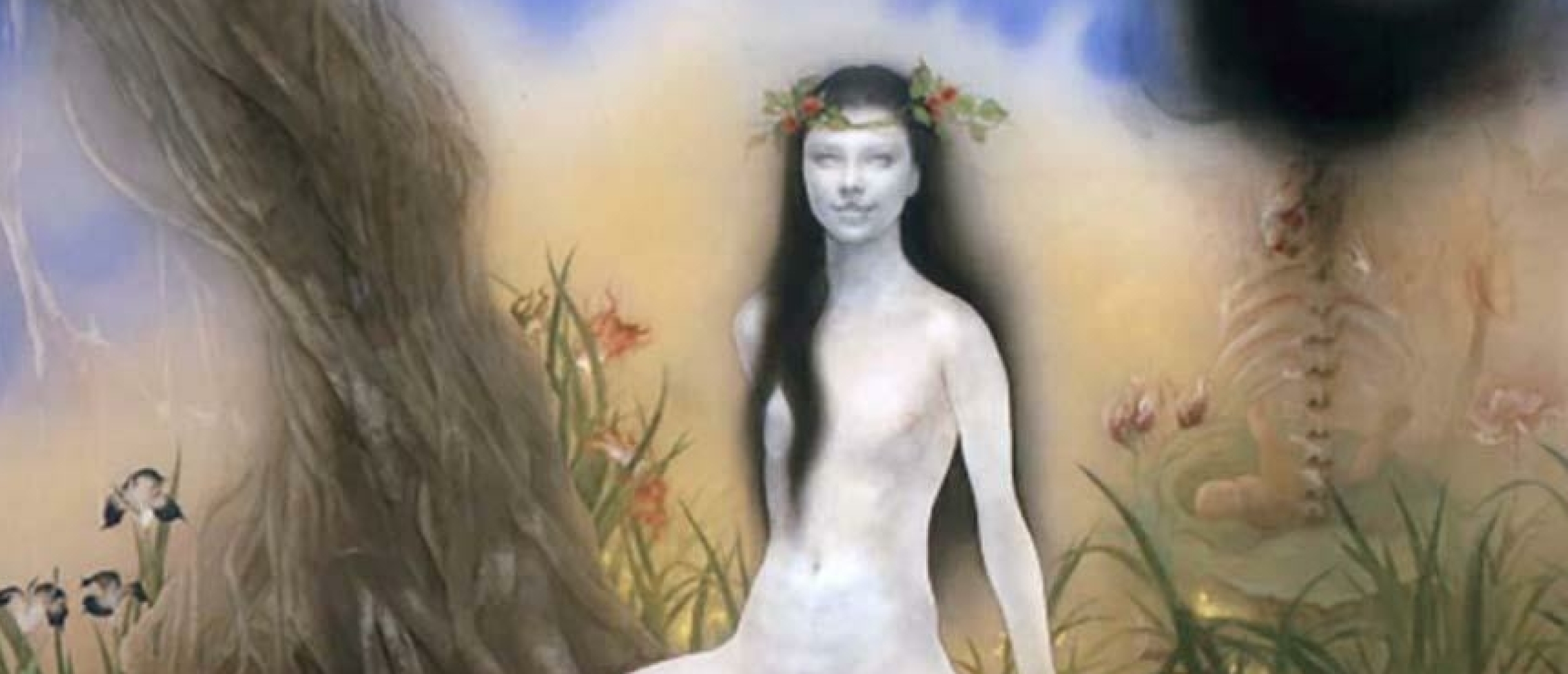
The hyper-realistic paintings of the Japanese artist Fuyuko Matsui* (b. 1974) are mainly done in the traditional Nihonga style, Matsui’s images merge people, flowers, animals and landscapes, but these are combined into outlandish portrayals of death, violence and rape inspired by ghost paintings and rokudou-e., a Buddhist painting depicting the six realms of reincarnation. They reflect a sense of darkness and mystery.
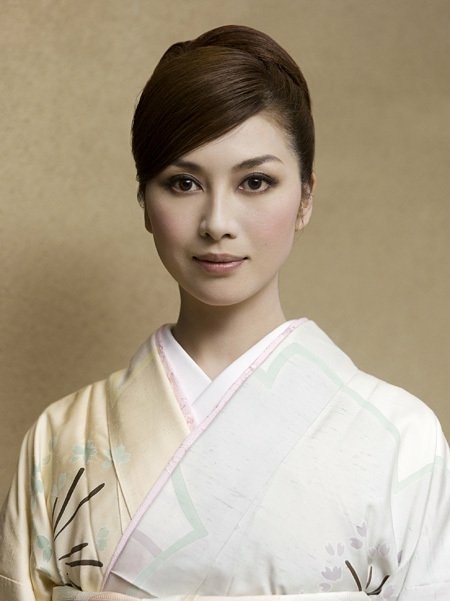
Fig.1. Fuyuko Matsui
Make Viewers Feel That Pain
Matsui uses her meticulous painting technique to draw you in to visceral scenes of fear, worry, loneliness, pain and death. In an interview in May 2012 with the Asian Art Museum she explains, "Thinking about my own research, something really important for me is expressing things that are not usually available through visual means. For example when you look at an apple, you can see how red and delicious it looks. But pain is a very solitary sense that you cannot share with others. So my initial project was figuring out how to visually express that is usually felt physical. Then I started thinking about how to make viewers feel that pain."
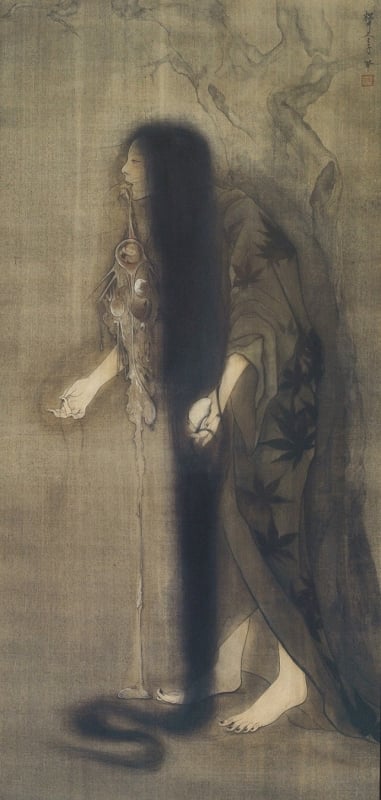
Fig.2. Insane Woman Under a Cherry Tree (2006)
Painting Ghosts
Her interest in painting ghosts comes from a long lost tradition in Japanese culture, which has almost disappeared. Though you rarely see them today, the tradition of painting ghosts dates back to the Edo period (1615-1868). It was thought that when the master of the house was away, putting up a ghost painting would keep away burglars. The more frightening the painting, the more apprehensive a burglar would be about entering. Since no other contemporary painters were working on this ghost theme, Matsui wanted to try it herself.
Violent Imagery
The violent imagery in her New Kuzosu series (Fig.3, 4 and 8) has in a way a similar function as the ghost paintings of the Edo period, in that they might act as a protection in the same manner as they did. In the 2012-interview she says, " I think if we see a woman committing suicide before our eyes, it will remove any urge inside of us. 'commit one… […] I think that by creating works that show this violence it could help suicidal people to resist these urges...[...] It's better not to oversimplify this, but basically these [images] act as talismans.."
Transformation and Liberation
In this sense, Matsui’s images share common ground with the ostensible function of early kusōzu salvation of the one through the revelation/presentation of the grotesque reality of the other. This also reflects one side of the perennial conventional argument surrounding images of sex, violence, horror, and pornography, an argument that has also attended kusōzu: do disturbing images offer transformation and liberation to the viewer
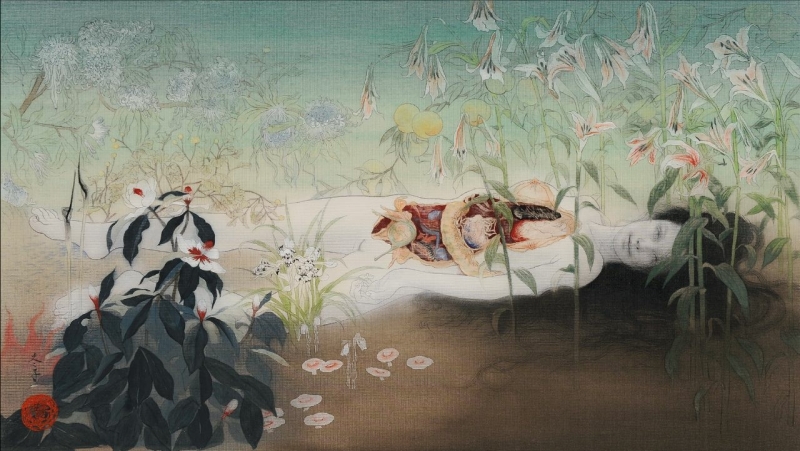
Fig.3. 'Keeping Up the Pureness ' (2004)
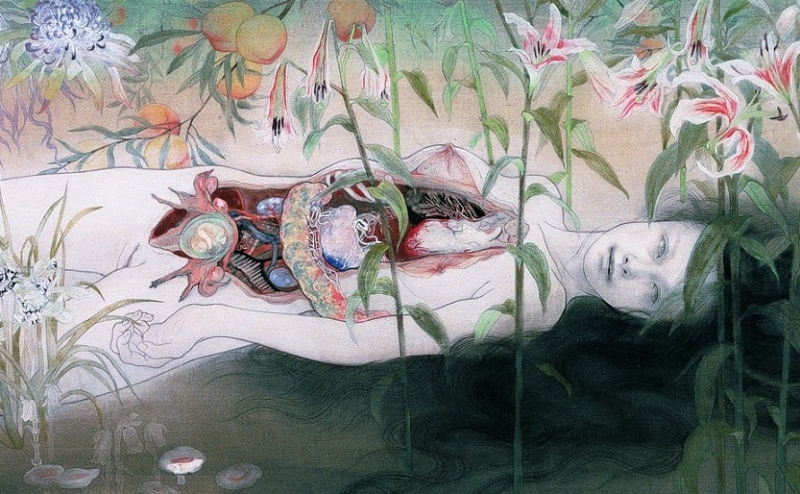
Fig.3a.
Keeping Up the Pureness
The most illustrative work in the series is Keeping Up the Pureness (Fig.3). In a heavenly setting with abundant vegetation, a young woman, at the height of her beauty, lies on the ground after having killed herself. Anatomical precision and shimmering colors contrast with the eerie pallor of her skin and the blackness of her hair scattered on the floor. By reusing two characteristic colors of the ghost (black and white), the figure already belongs to the beyond, without having yet disappeared from the face of the earth.
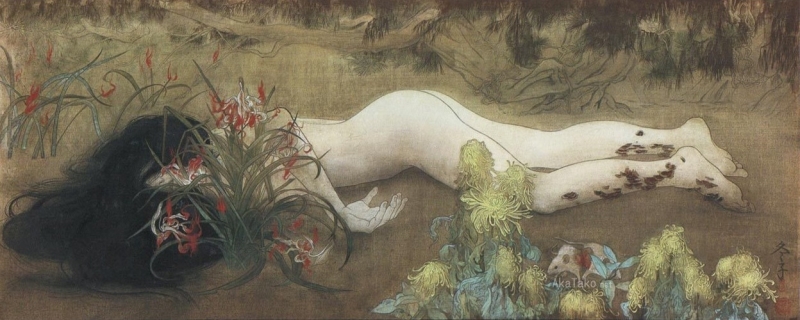
Fig.4. 'Crack in the Ashes ' (2006) (akatako.tumblr.com)
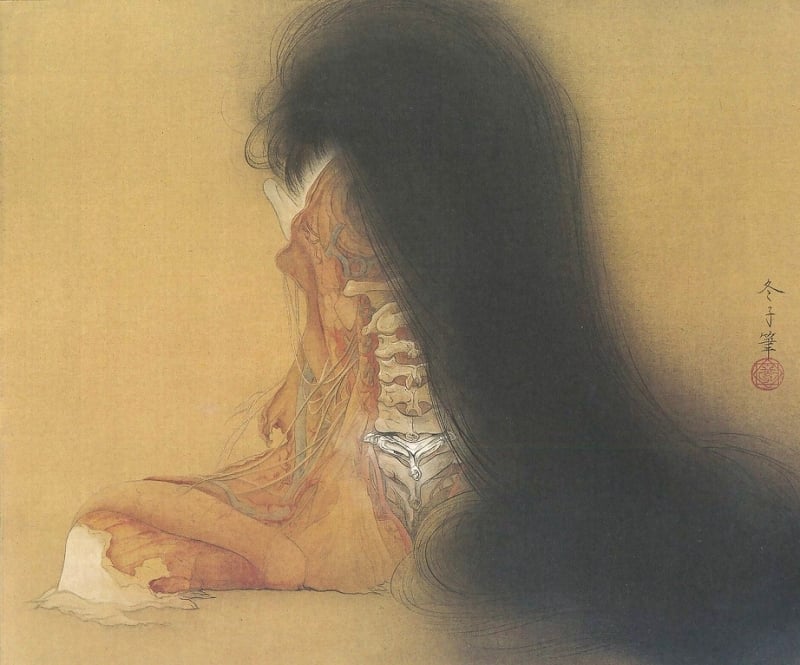
Fig.5. 'Fuwakezu: Dai-shichi Keitsui腑分図: 第七頸椎 Anatomy Chart; 7th Cervical Vertebra '(2007), hanging scroll-color pigment on silk, 34.6cm x 41.7cm, courtesy of Mr. Ohnawa Jun’ichi.
Maybe it's my own "Rorschach" projection but this painting reminds me of this Kuniyoshi design:...
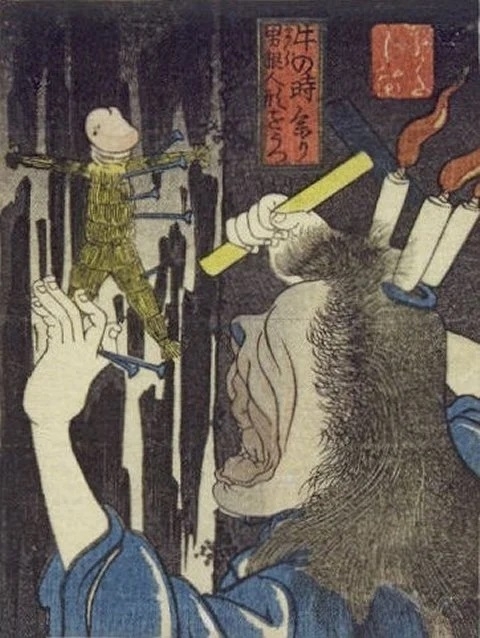
Fig.5a. ‘Nailing a Dick Doll at the Hour of the Ox (Ushi no toki mairi mara ningyô o utsu)‘, (c.1836) by Utagawa Kuniyoshi
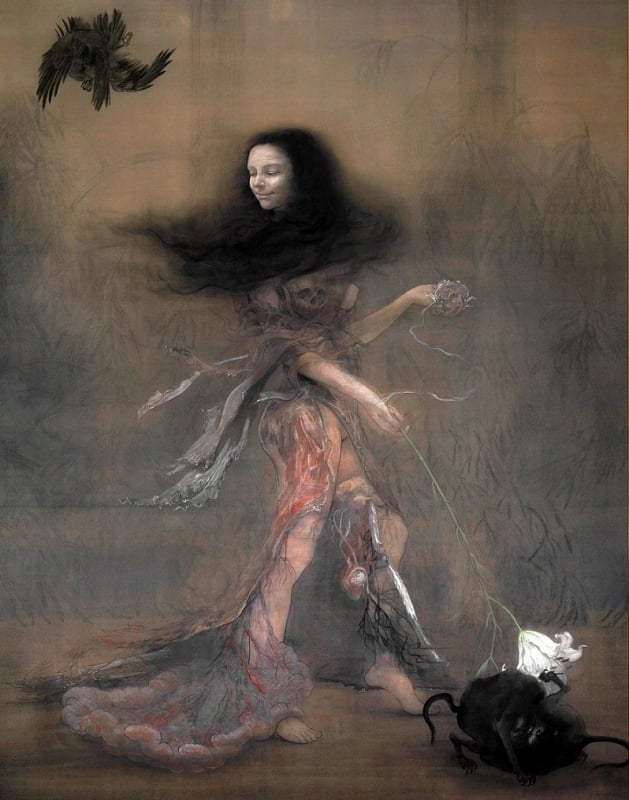
Fig.6. 'Engraving Altar of Limbs ' (2007)

Fig.6a.
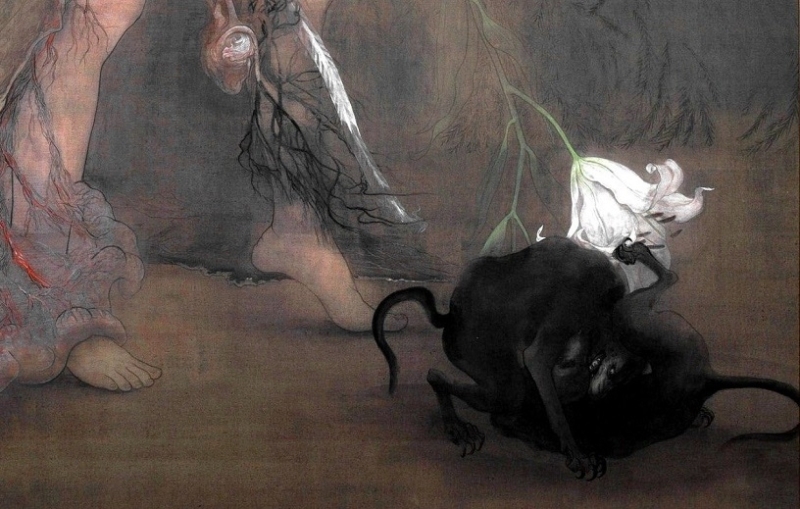
Fig.6b.
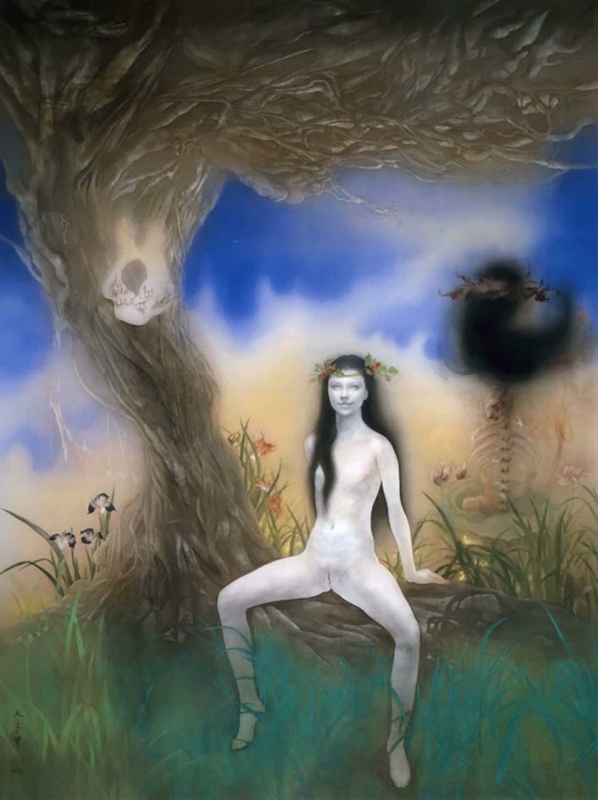
Fig.7. 'Virgin Specimen ' (2009)
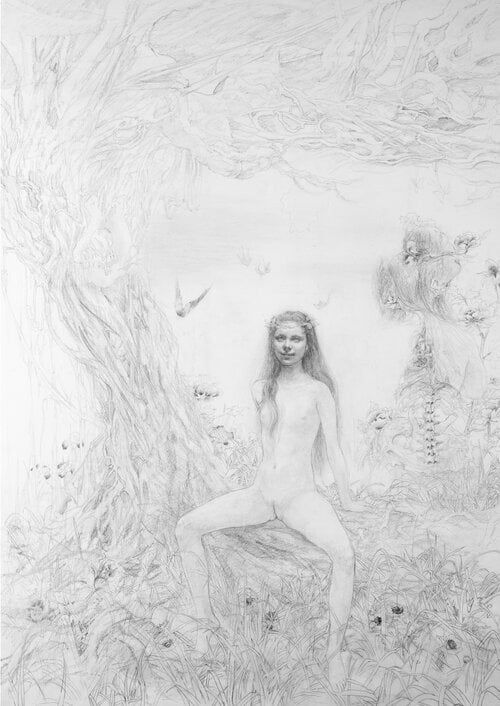
Fig.7a. Study for Virgin Specimen (2009)
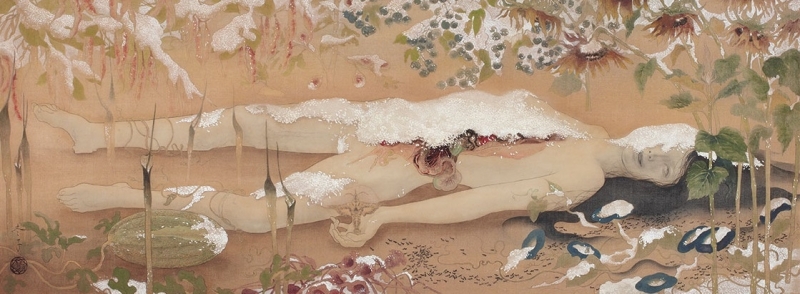
Fig.8. The Parasite Will Not Abandon the Body (2011)
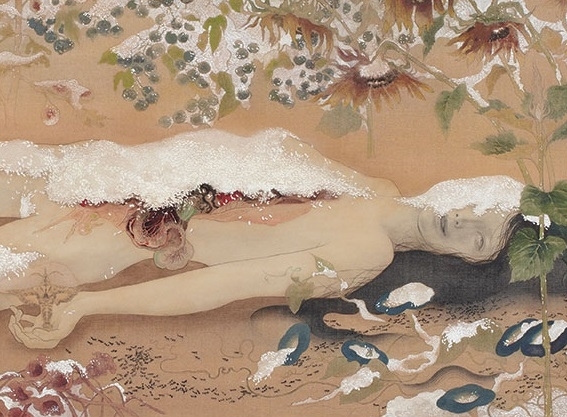
Fig.8a.
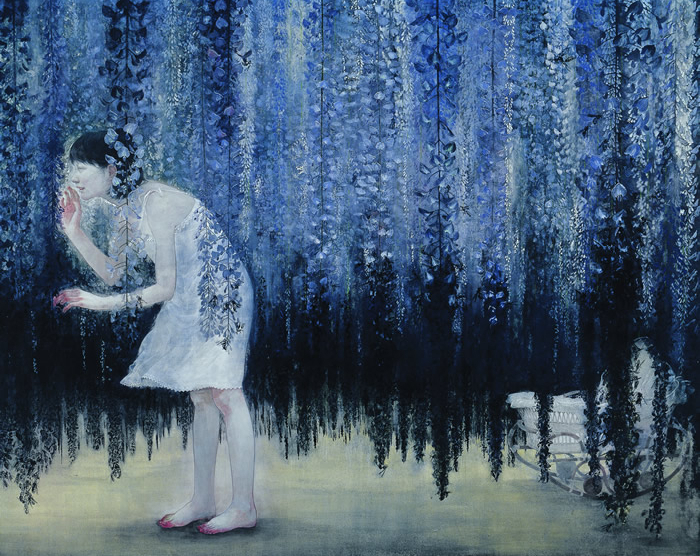
Fig.9. Becoming Friends with All the Children in the World (2002)
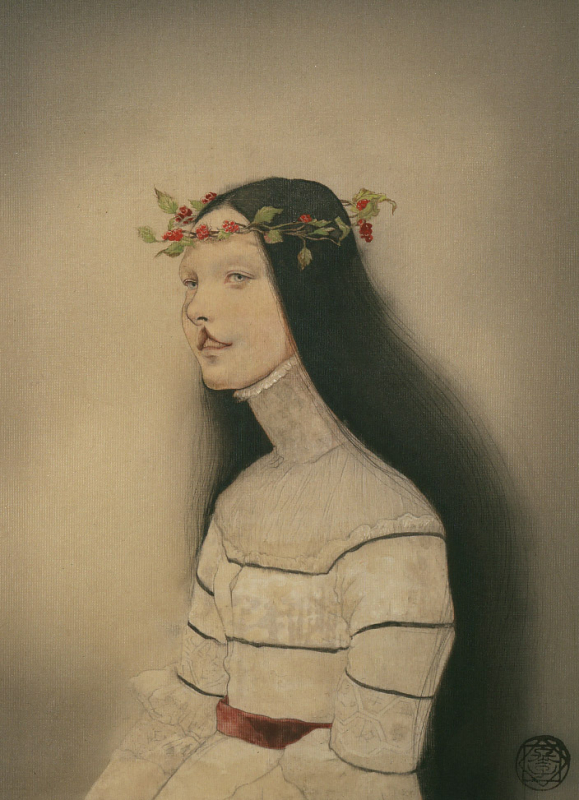
Fig.10. Virgin Portrait (2010)
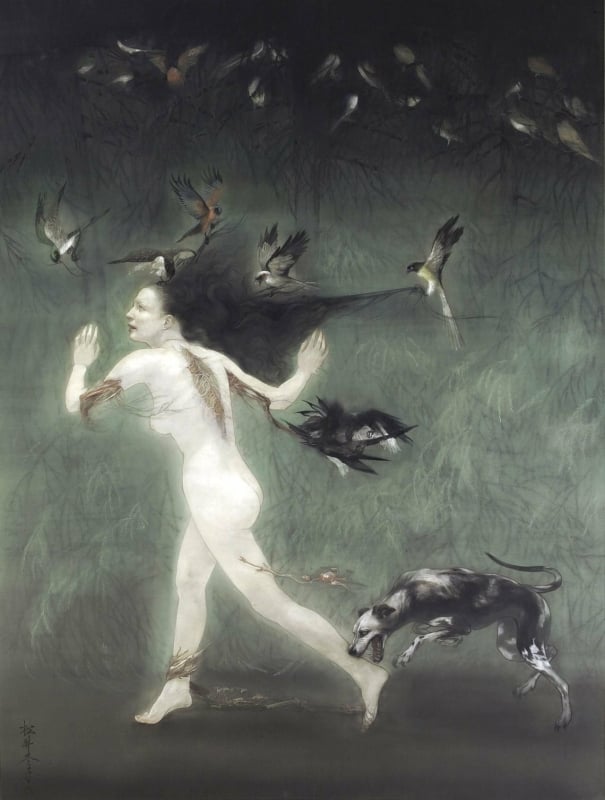
Fig.11 Scattered Deformities in the End (2007)
In Premium you can find an extended version of the article including detailed info on some of the individual paintings like Keeping Up the Pureness , Crack In the Ashes, Becoming Friends with All the Children in the World and more...
Click HERE for the visual study of Senju Shunga on the Japanese ghost legend Botan Doro (The Peony Lantern).
For a profound study on the connection between the kusōzu work of both Fuyuko Matsui and the important kinbaku artist Itō Seiu, and Buddhism in Erotic Grotesque Modernity the following PDF is highly recommended.
*The artist was suggested to me by the Chilean artist KerbCrawlerGhost who is a big admirer of her work
Sources: twitter.com, da-end.com, tokonomamagazine.com, tate.org.uk, funeralnatural.net,
Let us know your thoughts on Fuyuko Matsui's work in the comment box below...!!

